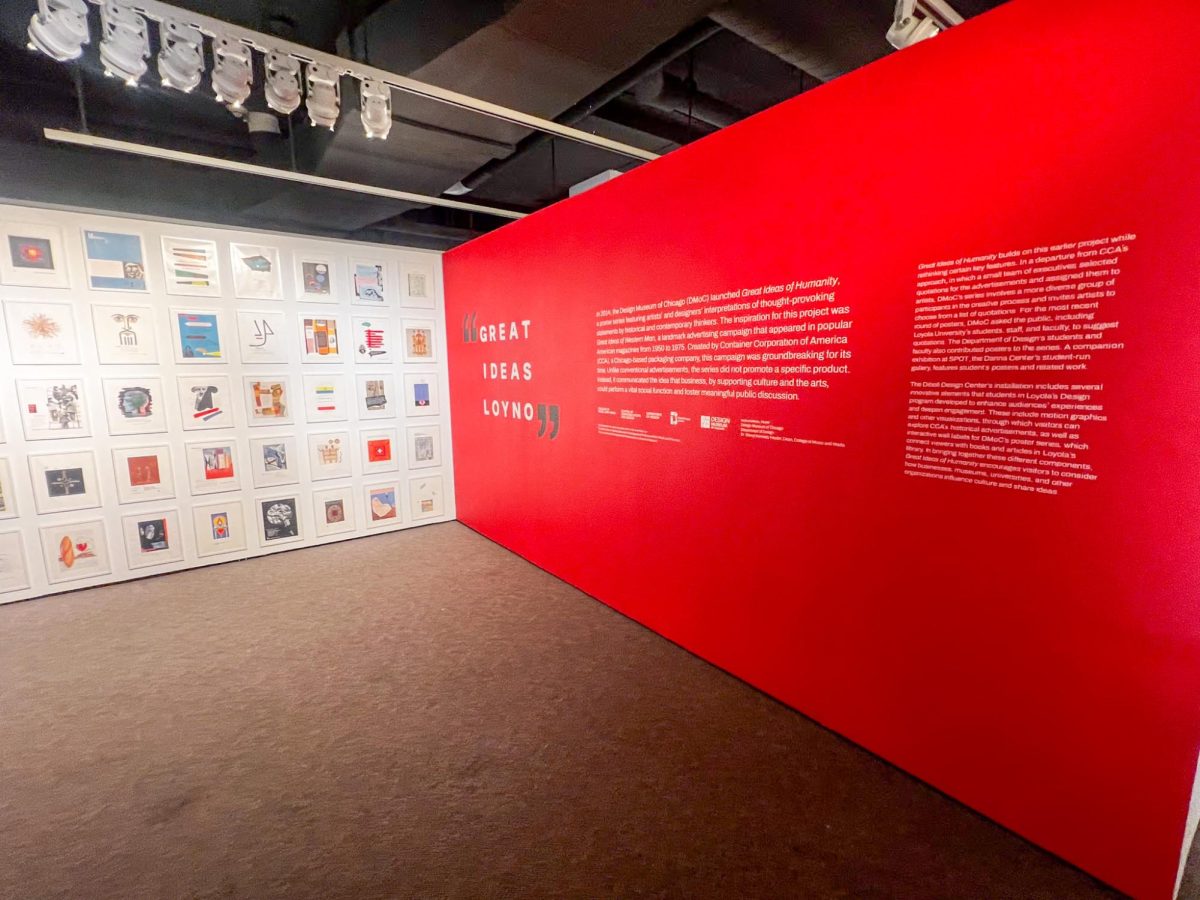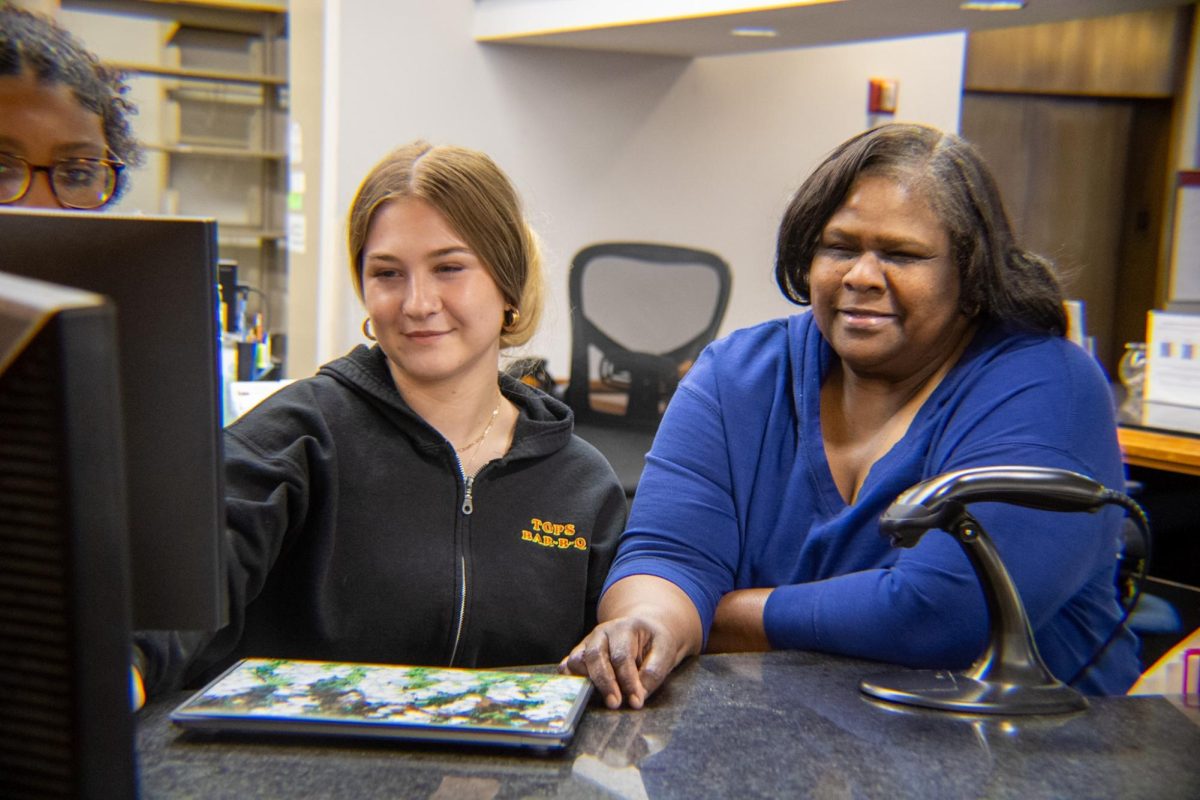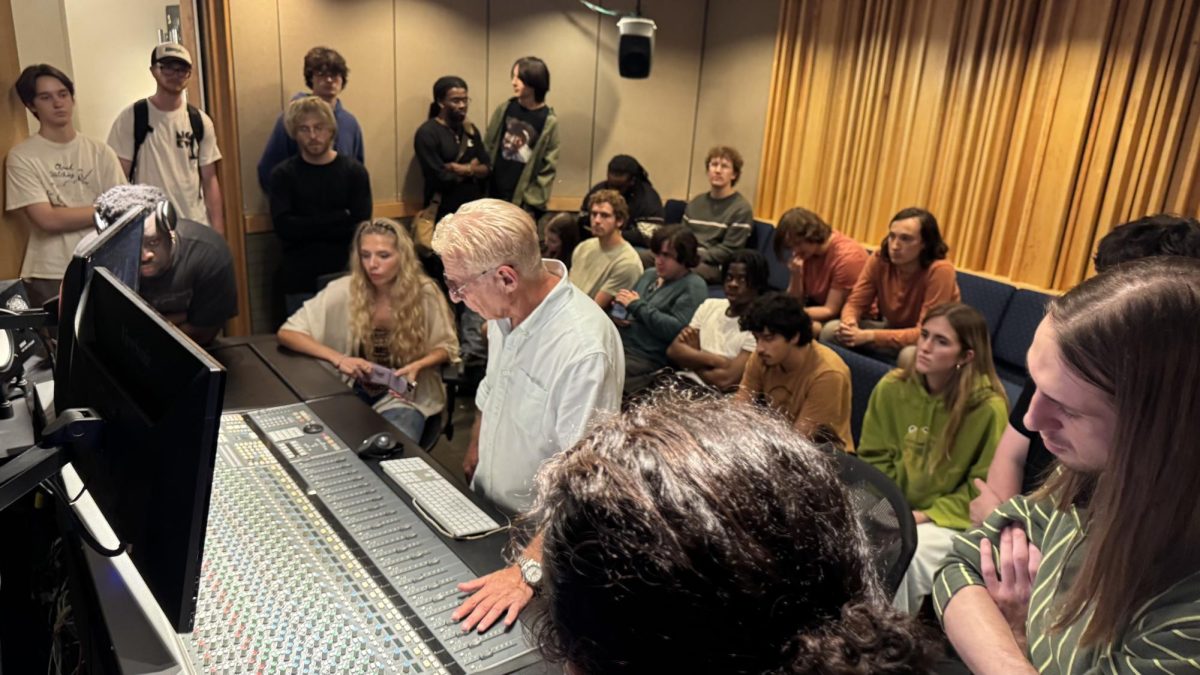As Loyola phases out its current strategic plan, Loyola 2012, the university has been working to strengthen its future with the drafting of a new plan.
The draft of the new strategic plan outlined seven initiatives, each crafted to improve the university’s financial situation and to establish financial sustainability.
Marc Manganaro, provost and vice president for academic affairs, sits on the Strategic Planning Team and stressed the idea that even though it is important to get the university out of the financial difficulties it is facing, the most important piece of the plan is the students and the education they receive.
“At the heart of the strategic plan will be ‘How do we best educate our students?'” Manganaro said.
Also serving on the Strategic Planning Team is William Locander, dean of the College of Business. Locander said that maintaining financial sustainability and providing a quality education to Loyola students are not mutually exclusive.
“The financial results are a product of all the things we do to attract students who want a quality education,” Locander said.
This academic year, Loyola saw a significant drop in enrollment numbers and, having budgeted for a much larger incoming class, faced a $7.5 million budget deficit. Manganaro said that this has raised the question of what Loyola’s “right size” is and how to create a sustainable student body.
However, Manganaro said that it was not a crisis unique to Loyola. He said that it is a nationwide trend that fewer individuals are entering into higher education immediately following high school.
In response to this, some of the focuses of the strategic plan’s new draft are enrollment management and creating a sustainable enrollment target.
“As our president has said on a number of occasions, we need to settle upon what our right size is. We do not, at this point, have a magic number,” Manganaro said.
Locander and Manganaro said that marketing “Loyola’s story” was vital to attracting prospective students from local high schools, as well as nationally and internationally.
Throughout the drafting of the plan, Maganaro, Locander and the other members of the Strategic Planning Team worked to formulate what is known as a “90 second elevator speech.” This speech is intended to tell Loyola’s story in 90 seconds.
Manganaro and Locander said that the “elevator speech” is still in the drafting stages.
In regards to Loyola’s key strengths, Manganaro referred back to the Jesuit ideals of educating the whole person and academic rigor. Locander also said experiential learning is one of the university’s key strengths.
“So one of the strengths is our identity, who we are, but if you don’t tell your story well, then while the students who are here are benefitting from an education and that identity, it doesn’t attract students unless you tell them in a compelling way,” Locander said.
Another initiative included in the draft focuses on the university’s degree programs and institutional effectiveness.
“Our bread and butter is undergraduate and graduate education. That is the base business,” Locander said
The initiative addresses ideas of introducing new signature programs and improving existing programs, as well as focusing on graduate level and online courses to make Loyola’s education more accessible and to create another form of revenue for the university.
Some prospective options were to offer graduate programs that would benefit the Loyola community in various ways.
Mara Steven, history pre-law and psychology junior and Student Government Association representative to the Strategic Planning Team, was part of the sub-group that drafted the initiative. She said that preparing students for life post-graduation was one of the concerns during the drafting stages.
“One of our goals was to see a more integrative post-grad plan for students. You get information from your professors and you get other things from career services but there really wasn’t any integration,” Steven said.
The concept of experiential learning is something that Manganaro and Locander both emphasized as being a cornerstone of Loyola’s story.
Experiential learning is a process of learning that depends on gaining knowledge from practical hands-on experience, they said.
“We have a laboratory here called New Orleans, and we can leverage that for our students so that they can have experiences in their field, whatever that may be,” Locander said.
Manganaro said that using the university’s location as part of the educational experience is beneficial in generating passion in students.
“In our first year seminar, we will often have courses that are based on New Orleans. Of course we have a center for the study of New Orleans; we are the only university that has that and there is so much energy around that,” Manganaro said.
Throughout the draft, the idea of the Jesuit mission and Loyola’s Jesuit identity are referenced, but the Strategic Planning Team determined that the Jesuit mission and how it impacts the university merited an initiative of its own.
Manganaro, Locander and Steven all said that a main theme of the draft and the university as a whole is the concept of “cura personalis,” or care of the whole person.
“We really do have a cura personalis here, it’s not just a Jesuit catchphrase. It really is here and I think, for me and from a lot of students I talked to, that is the selling point,” Steven said.
The initiative’s sub-points included proposed ideas of how to best integrate Loyola’s Jesuit identity throughout the university.
A proposed idea in the document to strengthen the mission is to incorporate the Jesuit ideals into every aspect of the university, not just in the curriculum, but also with hiring new faculty and staff.
Steven offered closing advice for the administration as they move forward with all of their plans, to stay grounded and tuned in to student opinion.
“This is a plan, it’s a goal in some ways, and therefore it is an ideal of the university. But as you’re considering an ideal, you have to take the reality of what is today you can’t base the future off ideally what we’d like to be happening right now. So just to the administration, keep in mind what is happening on the ground level, continue getting that input, don’t get lost in the lofty goals and aspirations,” Steven said.
Manganaro and Locander said that the most important piece of information to take away from the strategic plan was its importance to the university’s existence and the necessity of a student focus at the heart of the plan.
“It is extremely important to be very strategic at this juncture in our university’s history for the sake of our future, our short term, midterm and long-term future,” Manganaro said.
“And the way that this’ll be a success, or guaranteed a success, is it has to be a student centered plan, it has to provide value to students that they perceive and we have to invest our resources at the university so that there are noticeable differences in the minds of our students who are here and potential student who are coming in,” Locander said.
An updated draft of the plan will be presented to the Board of Trustees at their March meeting and will undergo additional editing before being resubmitted to the board in May for final approval.
Lauren Patton may be reached at lepatton@loyno.edu








